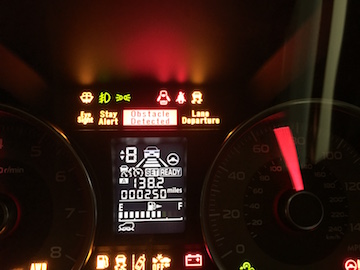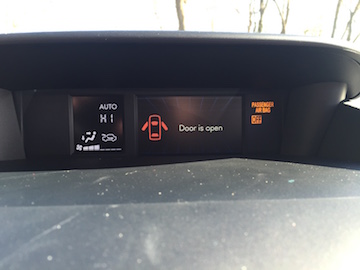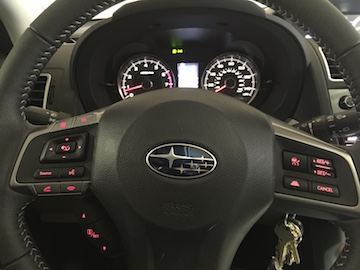There is no laboratory kit that must be purchased for CE2811. Students will use equipment checked out from the EECS Technical Support center each week, as well as the Altera DE0 board purchased in CE2800.
Automobiles are complex engineered systems that contain multiple computers doing many tasks. In fact, modern automobiles contain between 50 and 60 embedded computer systems. Today, dashboard electronics communicate significant real-time information to drivers including fuel level, fuel economy, lane drift indicators, multimedia tags, navigation information, obstacle detection indicators, passenger restraint status, and safety systems status.
Over the course of the quarter, weekly laboratory milestones guide students toward the completion of a dashboard computer responsible for:
Two versions of the control firmware are written. The first version is standalone and does not run under the management of an operating system. The main control algorithm is written as a finite state machine responding to state changes coordinated by system interrupts. The second version is a basic operating system using the round-robin task switching algorithm to monitor and control system resources.
Custom LCD panels like those shown in the figures below are not used. Instead, students must complete the work using the limited screen real-estate provided on the Altera DE0 laboratory board. Custom icons must be created at system reset using the LCD interface protocol. These icons can be used on multiple screens accessed from steering column selection switches simulated by the DE0 toggle switches.

| 
|

| 
|

| Examples showing indicator icons |
| WEEK | MILESTONE |
| 1 |
|
| 2 | NIOS II Timer Device Driver APIs |
| 3 | LCD and Sound Device Driver APIs |
| 4 | Ignition On Startup |
| 5 | Fuel Level Monitor |
| 6 | Steering Column Control Monitors |
| 7 | Turn Signal and Windshield Wiper Control |
| 8 | Obstacle Detection |
| 9 | Adding interrupts driven behavior |
| 10 | System status reporting through UART |